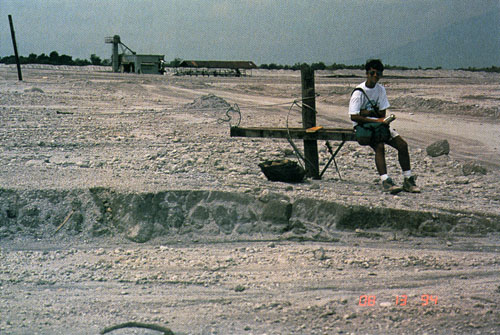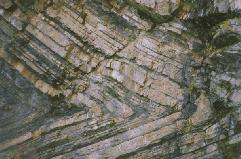Edit:
theropod wrote:You bet!
The problem, for floodites, is that there are DIFFERING situations under which polystrate trees are found.
Yellowstone National Park has these trees standing upright in successive volcanic deposits and not water borne sediments. Did the volcano erupt under water in separate events, and deposit the usual suspects? Water tends to not allow ash to form in the same form as that exposed to air, as current underwater volcanoes show a "smoker" characteristic devoid of this type of fluffy ash. Pyroclastic flows NEVER happen under water, and the Yellowstone fossils clearly record these events.
There is, then, another type, where sediments are laid down in multiple flooding events. There are extant situations where there very types of fossils are forming today. In oxbow formations, of normally slow moving rivers, high water events will sometime bury the root and a good portion of the trunk under a layer of sediment. Some trees, such as bald cypress, are very durable and can remain standing for a very long time after death. The sediment itself helps support the tree between depositional events. Even if a hundred years passes another flood can lay down a layer of differing sediment. This can be repeated several times. Also in coastal settings successive land settling events can form these fossils.
What the floodites fail to grasp is that these multiple layers all display indicators of separate events. A global flood would not show these differences as all the clastics would be mixed at the same rate and with the same contents. This form of fossil has been well understood for a very long time. John William Dawson explained this quite well in 1868. HERE is a good expose' on the subject.
Hopefully this puts this issue to rest, in your mind at least.
RS




